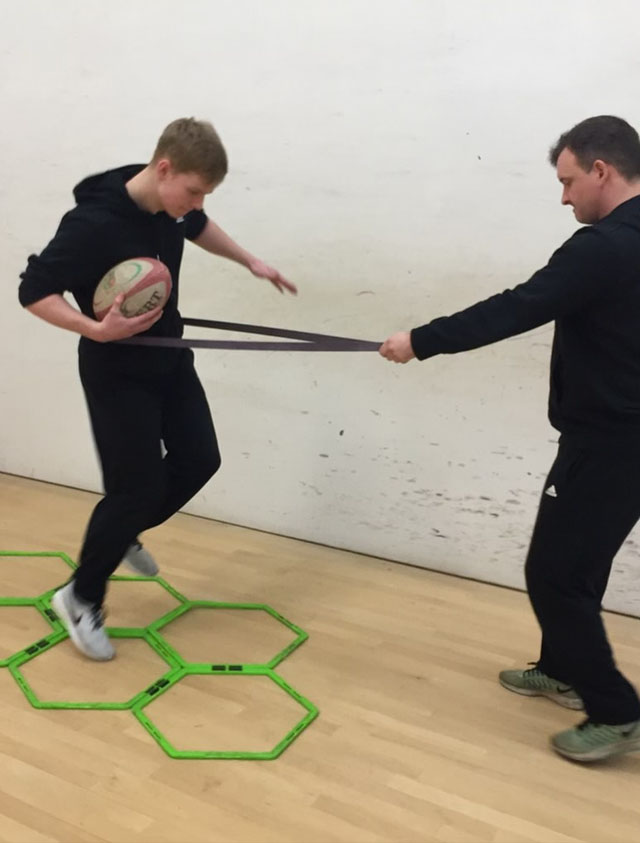The Rising Popularity of HIIT
High-Intensity Interval Training (HIIT) has taken the fitness world by storm, becoming a staple in various gym classes. But before delving into HIIT, it’s crucial to build a fitness foundation with moderate intensity and resistance training.
Debunking HIIT Myths
While HIIT is often touted as the ultimate fat-burning tool, a 2017 meta-analysis found no significant difference in fat loss between HIIT and moderate-intensity exercise (3). The key to effective fat loss is more likely adherence to a lower-calorie diet.
Understanding SMIT and HIIT
HIIT should be distinguished from Supra Maximal Interval Training (SMIT), exemplified by the Tabata protocol, which involves extremely intense intervals (6). Recent studies suggest that full-body HIIT exercises can offer similar benefits to cycling-based HIIT, allowing for targeted workouts without losing effectiveness (1, 2).
Optimal Frequency for HIIT
Contrary to the aggressive marketing claims, HIIT is most beneficial when performed 2-3 times per week. This frequency can vary depending on the intensity level, with a 2018 study indicating that three weekly sessions can provide additional benefits in terms of fat loss and waist circumference reduction (7).
A Suggested HIIT Regimen
For an effective HIIT routine, consider the following schedule:
Monday: Full-body HIIT for 20-30 minutes, with 30-45 seconds per exercise.
Wednesday: SMIT following the Tabata protocol.
Saturday: Full-body HIIT, tailored to your preference, for 20-30 minutes.
Enjoyment and listening to your body are key components of a successful HIIT regimen.
Key References:
Kamandulis S, et al. “Sprint Training Improves Punching Ability and Upper-Body Aerobic Power.”
Schaun GZ, et al. “Comparison Between Whole-Body and Cycle Ergometer HIIT.”
Keating SE, et al. “Interval training vs. moderate-intensity continuous training on body adiposity.”
Machado AF, et al. “HIIT using whole-body exercises.”
Livestrong.com: Guidance on moderate-intensity training.
Tabata I, et al. “Effects of HIIT on anaerobic capacity and VO2max.”
Stavrinou PS, et al. “HIIT Frequency: Cardiometabolic Effects and Quality of Life.”
Join us at MFT to experience the true potential of HIIT, balanced with enjoyment and effective training strategies.





